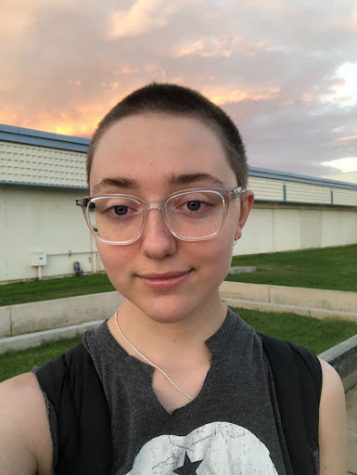Labyrinth, Now on Netflix
Labyrinth is a 1986 film centering around an imaginative world, kooky goblins, and fever-dream vibes. With a fall atmosphere and riveting soundtrack to teleport viewers into a faraway state of mind, it makes for quite the peculiar experience. Netflix released the film this September, so let’s talk about it!
This movie starts with the introduction of 16-year-old Sarah, who has an endless imagination and love for fantasy. However, she’s unhappy with her life and her responsibilities, as she sometimes needs to take care of her baby half-brother, Toby, while her dad and step-mom are out on date nights. In an attempt to escape her problems, she wishes for the goblins to take Toby away, thus introducing the Goblin King Jareth (played by David Bowie) and his kingdom. She quickly regrets her decision, and so Jareth gives her 13 hours to solve his magical labyrinth in a distant daydreamy world, lest he turns her baby brother into a goblin forever. The characters, setting, and atmospheric details only add to the delirium of such a whimsical plotline. The labyrinth is ever-changing, filled with riddles and mind games; Sarah thus emphasizes a theme of “unfairness” in all of this. She befriends several creatures and goblins for help along her journey, all with their unique traits.
Despite having flopped initially with relatively mixed reviews when it was first released, Labyrinth has grown in popularity over the years for various reasons. It has uniquely proved itself as a collection of multiple genres, including a mixture of mysterious plotlines, musical tracks, and tantalizing ambiance. It’s also become particularly famous in the queer community for several reasons. David Bowie has been a monumental queer icon and likely impacted the queer community’s appreciation for the film. The unorthodox themes within the movie, from odd goblins to unusual physical traits to elements of escapism, are all also relatively contributable to queer experiences as well.
However, some specific aspects of the movie mirror principles of its time. In the 1980s, mainstream media focused on teen girls and generally unhealthy connections with idols. When coupled with the odd obsession that Goblin King Jareth had for Sarah, a teenage girl, it serves as a questionable reflection of its era. Additionally, the overall movie was a patchwork of mixed ideas, as the creators had multiple perspectives and inputs that altered the plot several times. Although, I think that its eccentricity and oddity adds to the fever-dream impact that the movie has on watchers. The whole film seems to intend to transport viewers into its paradisiacal reality rather than focus on evoking rationale and profound logic. In this sense, I think the diverse story elements add value to the film, as it derives its worth from the comfort found in imperfection and fantasy.
With Labyrinth’s recent release on Netflix, it has been solidified in the present and brought its spirit just in time for the spookier tones of fall. However, perhaps we can also take its resurrection as a learning experience, especially regarding the problematic tension between a young girl and an older man. Aside from that, what should carry on in viewers’ hearts is the film’s stunning ambiance. Accepting Labyrinth’s unconventional themes and inspirations opens up enjoyment for its abstractions.

Hi, my name is Tori Gomez! I’m a senior at Quartz Hill High School, and this is my first and final year of Journalism. I can already say that I absolutely...




